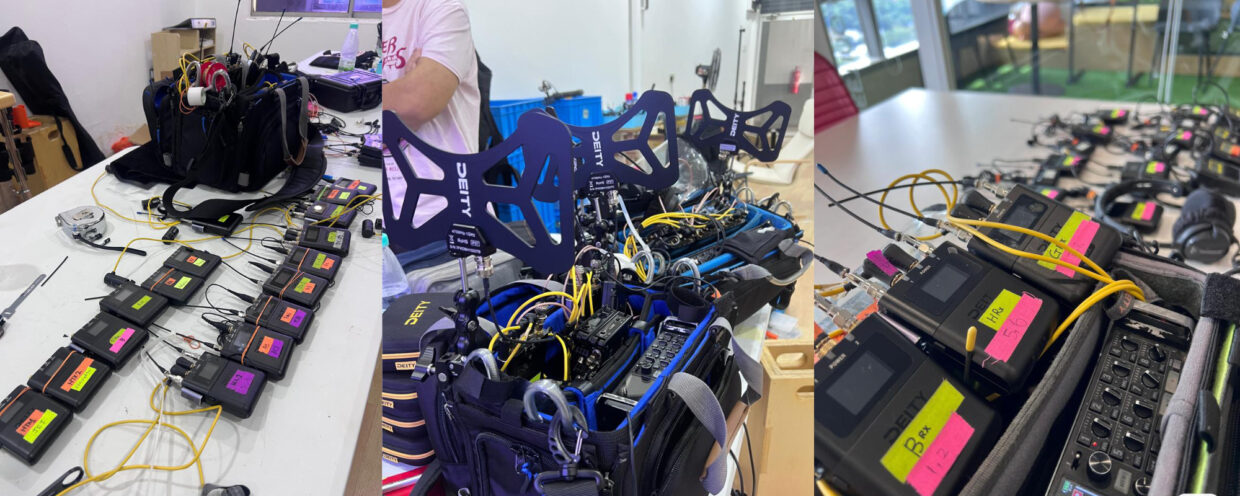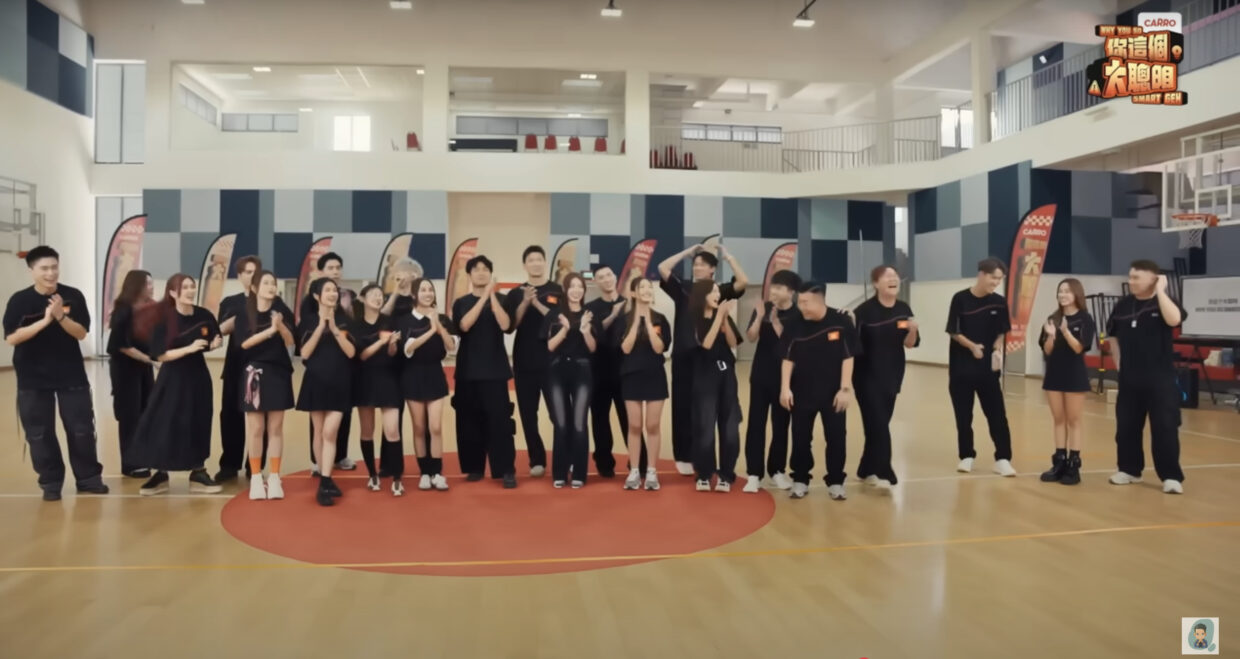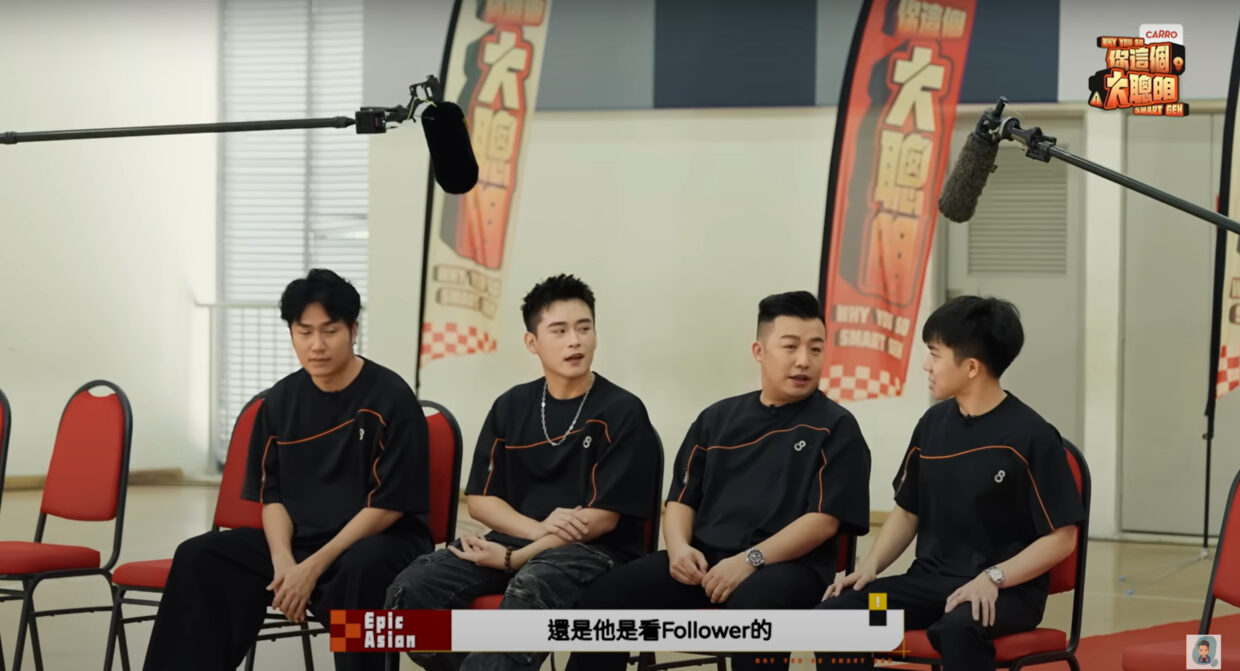
Reality TV is chaos. You’ve got talent everywhere, locations changing by the hour, and zero room for “let’s do that again, the audio dropped out.” When we took on Why You So Smart with 30 channels of wireless to manage, I knew we needed gear that could handle whatever got thrown at it.
Weng Soon Chan went with Deity THEOS. Here’s how it went.
The RF Nightmare We Left Behind
Who doesn’t have wireless headaches? Dropouts at the worst possible moment. Range that promised 300 feet but gave you maybe 150 on a good day. Audio getting to the mixer sounding like it took a detour through a blender.
On reality shows, you don’t get second chances. Someone says something perfect? That’s the take. If your wireless crapped out, you’re done.
THEOS changed that completely with internal recording. The transmitters record everything locally, so even if RF gets sketchy, you’re covered. And honestly? The signal stability was night and day compared to what I’d used before.
Getting Up and Running Fast
Over a dozen locations were used: Coffee shops, offices, outdoor spaces, you name it. Each one with its own RF environment.
The frequency scanning on THEOS meant Weng Soon Chan could walk in, hit scan, find clean channels, and be ready to go. No 20-minute hunting session. No crossing fingers and hoping. We’re talking minutes from arrival to “speed.”
When you’re on a reality schedule, that matters.

The 32-Bit Safety Net
Reality talent gets loud. Sometimes really loud. Arguments, celebrations, whatever. It happens without warning.
The 32-bit float recording was a life saver. The actor suddenly yells? No clipping. No panic. Just clean audio, every time.
Managing 30 Channels
Here’s the thing about 30 channels of wireless: you need eyes everywhere. Battery levels, gain settings, recording status—multiply that by 30 and you see the problem.
Sidus Audio over Bluetooth solved this. You can see everything on your phone. All 30 transmitters, all their stats, right there. Battery running low on TX 17? You know before it becomes a problem.
And adjusting settings without having to go dig a transmitter out from under someone’s wardrobe? Yeah, that’s the workflow.
Is the Bluetooth range perfect? No. Connection could be more stable. But even as-is, it’s way better than the alternative.

The Day of the Lost Frequencies
This is where THEOS really proved itself.
It’s a variety segment, and the live performance team needs the frequencies. All of them. The director’s still insisting we capture the off-stage dialogue.
With most systems, you’d be screwed. But THEOS kept recording internally with timecode running. No transmission happening, but every word was captured and synced. Crisis averted.
That’s the kind of flexibility that saves a production day.
Post Got Way Easier
The timecode sync with TC-1 meant post wasn’t spending hours just getting everything lined up. Everything just… worked. The post team actually thanked Weng Soon Chan. That never happens.
The whole workflow got smoother. Fewer calls asking about sync issues. Fewer “which file goes where” questions. Just a faster turnaround.
What It Actually Cost Us (Or Didn’t)
Internal recording doesn’t mean buying 30 recorders.
The 2TX-1RX setup cut down on gear weight. The transmitters are small enough that hiding them was actually easy for once.
And being able to check all 30 units from a phone instead of physically going to each one? That’s time, which on a production is also money.
The timecode speeding up post? More money saved.

Would Weng Soon Chan Use It Again?
Yeah. Absolutely.
‘I’ve recommended THEOS to pretty much every sound mixer I know. For the price, there’s nothing else out there that gives you this much.’
Internal recording, timecode, Bluetooth monitoring, 32-bit float, solid RF performance – it’s the whole package.
Reality TV doesn’t wait for gear problems. You need stuff that works, works reliably, and keeps working when everything goes sideways. THEOS did that for us on Why You So Smart, all 30 channels of it.